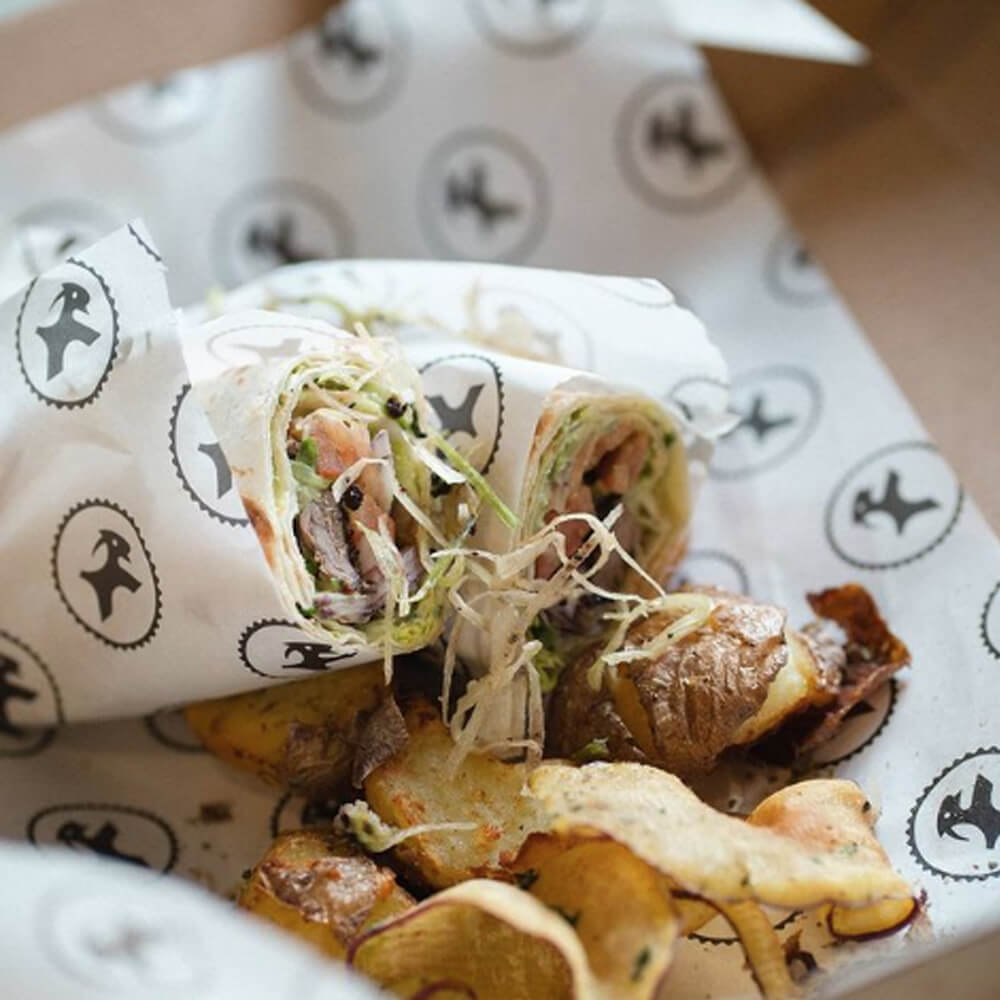The Evolution and Importance of Frozen Food Packaging
Frozen food has become a staple in many households around the world, offering convenience, extended shelf life, and a diverse range of meal options. However, the effectiveness of frozen food products largely depends on the quality of their packaging. In recent years, frozen food packaging has evolved significantly to meet changing consumer needs and environmental concerns, combining functionality, safety, and sustainability.
Historical Context
The frozen food industry has its roots in the early 20th century when Clarence Birdseye introduced quick-freezing techniques. His pioneering methods preserved food at its peak freshness, which initiated a revolution in food storage and consumption. As frozen food gained popularity, packaging became a crucial aspect of maintaining food quality. Initially, products were packaged in basic materials like wax paper or tin cans, which provided limited protection against moisture and air.
The Science of Frozen Food Packaging
Effective frozen food packaging must address multiple concerns. The primary goal is to protect the contents from ice crystal formation, which can alter texture and taste. The right packaging materials create a barrier against moisture and oxygen that can lead to freezer burn—a condition that damages the quality of food over time. Typically, modern frozen food packaging consists of multi-layer films, combining materials like polyethylene, polypropylene, and polystyrene to enhance durability and insulation.
Another critical function of packaging is to maintain the integrity of the food during shipping and storage. With the widespread use of logistics networks, frozen foods often undergo temperature fluctuations that can compromise quality. Innovative packaging solutions, such as vacuum sealing and inert gas flushing, help mitigate these issues by preserving flavor and nutrients, ensuring that consumers receive a product that tastes as good as it should.
Consumer Trends and Their Impact
frozen food packaging

In recent years, consumer preferences have shifted towards healthier, more natural food options, prompting manufacturers to rethink their packaging strategies. There has been a considerable push for transparent packaging that showcases the product while communicating its health benefits. Packaging that includes clear labeling is essential for informing consumers about nutritional content, sourcing, and preparation methods.
Moreover, as environmental concerns have grown, there has been an increasing demand for sustainable packaging solutions. Consumers are more aware of the environmental impact of single-use plastics, pushing brands to explore biodegradable or recyclable materials. Companies are now experimenting with plant-based plastics and compostable films that lessen the ecological footprint of frozen food packaging. A study by the Food Packaging Forum found that a significant portion of consumers are willing to pay more for products with eco-friendly packaging, signaling a critical shift in market dynamics.
The Future of Frozen Food Packaging
Looking ahead, the future of frozen food packaging is likely to include advancements in smart packaging technology that enhances food safety and quality monitoring. For example, some companies are developing packages embedded with sensors that can track temperature changes and alert consumers about any potential spoilage. This technology not only adds a layer of safety but also builds consumer trust in frozen food products.
Additionally, as the global population continues to grow, the need for efficient food preservation methods will escalate. The frozen food sector will likely innovate new packaging solutions that extend shelf life while minimizing waste. Strategies such as portion control packaging can help address issues of over-purchasing and food waste, appealing to environmentally conscious consumers.
Conclusion
In conclusion, frozen food packaging plays a pivotal role in the success of frozen food products. As the industry adapts to meet consumer preferences and environmental challenges, innovations in packaging design and materials will continue to emerge. By ensuring food safety, aesthetic appeal, and sustainability, frozen food packaging not only preserves the quality of products but also enhances the overall consumer experience. As we embrace this evolution, it is essential for manufacturers to remain committed to developing solutions that benefit both the consumer and the planet.



